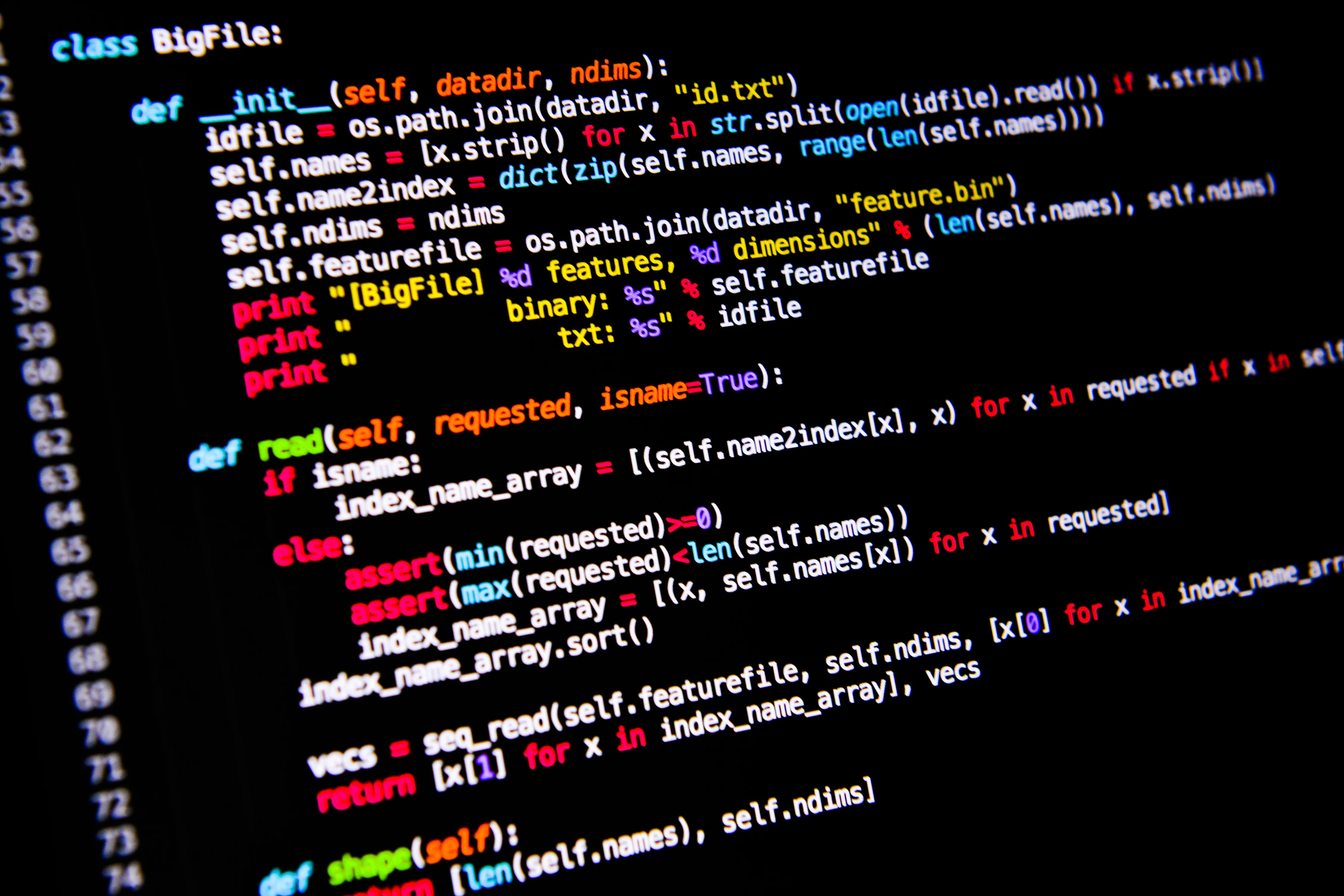Python Language Part-1
What is Python?
Python refers to the Python programming language (with syntax rules for
writing what is considered valid Python code) and the Python interpreter
software that reads source code (written in the Python language) and performs its instructions. The Python interpreter is free to download from
http://python.org/, and there are versions for Linux, OS X, and Windows.
The name Python comes from the surreal British comedy group Monty
Python, not from the snake. Python programmers are affectionately called
Pythonistas, and both Monty Python and serpentine references usually pepper Python tutorials and documentation.
The Python programming language has
a wide range of syntactical constructions,
standard library functions, and interactive
development environment features. Fortunately,
you can ignore most of that; you just need to learn
enough to write some handy little programs.
What is SHELL?
Shell is one of the core part in our system, which is very helpful because it acts as a interface between the user and the system and generally it is a interpreter.
This window is called the interactive shell. A shell is a program that lets you
type instructions into the computer, much like the Terminal or Command
Prompt on OS X and Windows, respectively. Python’s interactive shell lets
you enter instructions for the Python interpreter software to run. The computer reads the instructions you enter and runs them immediately.
For example, enter the following into the interactive shell next to the
>>> prompt:
Example:-
>>> print('Hello world!')
Hello world!
Entering Expressions into the Interactive Shell.....
A window with the >>> prompt should appear; that’s the interactive
shell. Enter 2 + 2 at the prompt to have Python do some simple math.
>>> 2 + 2
4
In Python, 2 + 2 is called an expression, which is the most basic kind of
programming instruction in the language. Expressions consist of values
(such as 2) and operators (such as +), and they can always evaluate (that is,
reduce) down to a single value. That means you can use expressions anywhere in Python code that you could also use a value.
Errors !
Programs will crash if they contain code the computer can’t understand, which
will cause Python to show an error message. An error message won’t break
your computer, though, so don’t be afraid to make mistakes. A crash just means
the program stopped running unexpectedly.
If you want to know more about an error message, you can search for the
exact message text online to find out more about that specific error. You can
also check out the resources at http://nostarch.com/automatestuff/ to see a list
of common Python error messages and their meanings.


Comments
Post a Comment